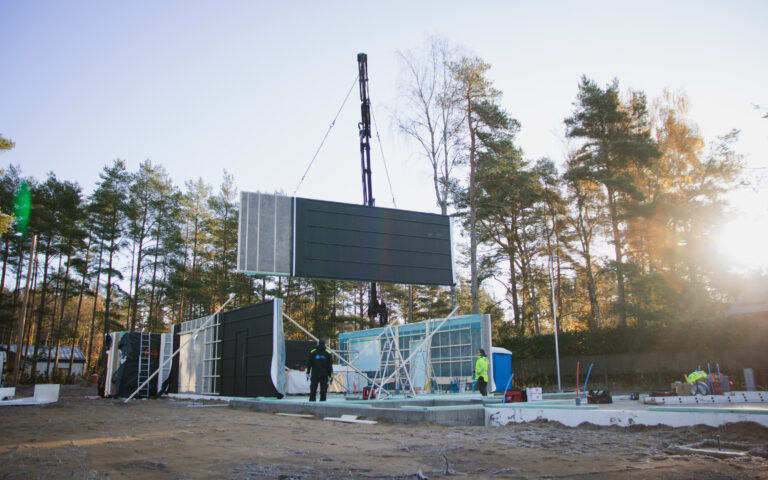The future of building development is modular construction. The advantages over traditional construction should be significant: reduced prices, quicker completion times, increased cost and time predictability, and higher-quality buildings.
- Reduced prices
Scaling modular construction is naturally facilitated by real estate developers because they have control over how and by whom their projects are carried out. Because developers’ cash is not as long-term committed to vacant or under-development land, the shorter durations typical with modular construction help to limit risk. Additionally, developers have the pipeline that modular suppliers require as well as the ability to govern the goods that are sent through it. They may optimize industrial processes in this position, which also lessens the need to modify equipment for various projects.
- Quicker completion times
Building modularly is quicker, perhaps half as fast. In essence, the expedited building timeline is the result of several crafts working at once. The modules are being manufactured in the factory while the site preparation and foundation are being laid. Additionally, the entire workflow is flexible in manufacturing plants. In conventional buildings, the floors must be put in place before the walls are built, and the walls must be built before the ceilings and rafters are added. A controlled manufacturing facility, however, allows for the simultaneous construction of walls, rafters, ceilings, and floors. This alone eliminates months of building time, which often reduces the timeline by 40–50%.
- Process for getting a permit
Most developers are under the impression that becoming modular makes it more difficult to obtain city permission. It’s simply untrue. In reality, there isn’t much of a difference. Just like with a standard conventional built project, you submit your plans, which, by the way, do not necessarily need to specify that you will use off-site services, and the city will either accept or not approve based on the individual parcels zoning regulations and whether you satisfied all the requirements.
- Financing
As we have seen, it is intrinsically more difficult to convince lenders and banks to grasp what it is that they are financing on when developers seek funding for a significant chunk of the project. If only they were aware that modular construction carries less danger. There are two advantages to this. One is that the overall cost would be even lower for the developer since they see another avenue of revenue from the project other than simply the manufacturing side because the firm will have a vested interest in it like a traditional investor. And two, since you won’t need to look for conventional loans or investments from investors who aren’t familiar with the modular process, the barrier to entry for becoming modular will be substantially lower.
- Easier design tweaks
Engineers and developers can make changes to a design to improve its suitability for manufacturing and logistics. For instance, they can look into making certain room types, like kitchens and bathrooms, more repeatable in order to decrease factory switchovers, or the requirement to upgrade machinery in order to produce various types of modules (2-D panels, 3-D rooms). To make the road transfer from the factory to the construction site easier, they can narrow the width of building components. They can pledge to provide housing more effectively and at a cheaper cost if local authorities agree to modifications to zoning or building standards. Additionally, they can investigate whether 2-D and 3-D element combination is the most economical.


